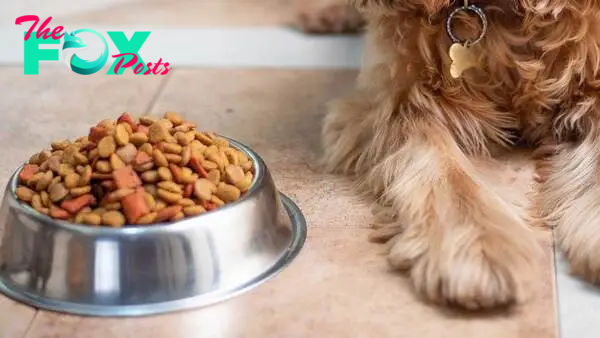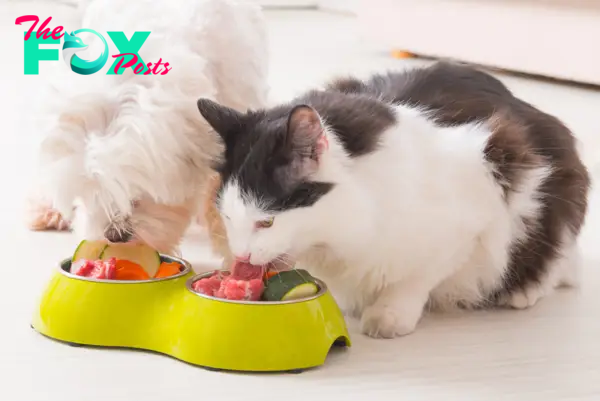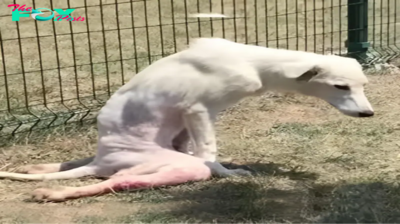Pet
Emerging Trends in Pet Food and Nutrition Whats Best for Your Furry Friend
In recent years, pet owners have become increasingly conscientious about the health and well-being of their furry companions. This shift in attitude is reflected in the booming pet food industry, where innovation and nutritional awareness are at the forefront. With countless options available, navigating the world of pet food can be overwhelming. To help you make informed decisions for your beloved pet, we’ve highlighted the top emerging trends in pet food and nutrition.
1. Human-Grade Ingredients: Elevating Pet Diets
One of the most significant trends in Pet food is the emphasis on human-grade ingredients. Pet owners are no longer satisfied with conventional kibble made from low-quality ingredients. Instead, they seek foods that are made with the same standards applied to human food. This means using real meat, fresh vegetables, and whole grains, ensuring Pets receive the highest quality nutrition. Brands focusing on transparency and ingredient sourcing have gained popularity, allowing Pet parents to know exactly what goes into their Pets’ food.

2. Grain-Free and Limited Ingredient Diets: Catering to Sensitivities
Many pets experience food sensitivities or allergies, leading to digestive issues and discomfort. To address these concerns, grain-free and limited ingredient diets have become increasingly popular. Grain-free options remove common allergens like wheat and corn, while limited ingredient diets simplify recipes to minimize potential triggers. These specialized diets help pet owners manage their pets’ sensitivities, promoting better digestion and overall health.
3. Raw and Freeze-Dried Diets: Back to Nature
Raw and freeze-dried diets are gaining traction among Pet owners seeking to mimic the ancestral diet of their Pets. These diets focus on providing unprocessed, raw ingredients that closely resemble what Animals would eat in the wild. Raw diets typically include raw meat, bones, and organs, while freeze-dried diets offer the convenience of shelf-stable products without sacrificing nutritional integrity. Advocates believe these diets improve coat condition, energy levels, and dental Health.
4. Plant-Based and Vegan Options: Expanding Choices
With the rise of plant-based diets for humans, it’s no surprise that pet owners are exploring similar options for their animals. Plant-based and vegan pet foods offer an alternative for those seeking to reduce their environmental footprint or accommodate pets with specific dietary restrictions. These products are formulated to provide complete and balanced nutrition without animal-derived ingredients, often incorporating proteins like lentils, chickpeas, and peas.
5. Functional Ingredients: Targeting Specific Health Needs
Functional ingredients are becoming increasingly prevalent in pet food formulations. These ingredients are added to address specific health concerns, such as joint support, skin health, and cognitive function. Common functional ingredients include omega-3 fatty acids, probiotics, glucosamine, and antioxidants. By incorporating these ingredients, pet owners can tailor their pets’ diets to support specific health goals and improve their overall well-being.

6. Sustainability and Ethical Sourcing: A Responsible Choice
As awareness of environmental issues grows, pet owners are prioritizing sustainability in their purchasing decisions. Pet food companies are responding by adopting eco-friendly practices and using ethically sourced ingredients. This includes utilizing sustainable proteins, reducing packaging waste, and supporting local farmers. Choosing pet foods with a focus on sustainability aligns with the values of environmentally conscious pet owners.
7. Personalized Nutrition: Tailoring Diets to Individual Needs
Advancements in technology have paved the way for personalized pet nutrition. Companies now offer services that analyze your pet’s unique characteristics, such as age, breed, weight, and activity level, to create customized meal plans. These tailored diets ensure pets receive the optimal balance of nutrients for their specific needs, promoting better health and longevity.
Conclusion: Making Informed Choices for Your Pet
The evolving landscape of pet food and nutrition offers pet owners an array of options to support their pets’ health and happiness. By staying informed about these emerging trends, you can make educated decisions that align with your pet’s needs and your values. Whether you opt for human-grade ingredients, explore raw diets, or prioritize sustainability, the key is to choose a diet that best suits your furry friend’s unique requirements. As you embark on this journey, consult with your veterinarian to ensure your pet’s nutritional needs are met and enjoy the benefits of a healthier, happier companion.
-

 Pet1m ago
Pet1m agoCelebrating Me: A Journey of Self-Love and Independence on My 5th Birthday.lamz
-

 Pet1m ago
Pet1m agoHeroic Rescue and Heartwarming Adoption: A Brave Police Officer’s Unforgettable Journey with an Adorable Puppy.hanh
-

 Pet1m ago
Pet1m ago¡Felicidades en tu día! Tranquilo, ¡los mejores deseos siempre llegan cuando tienen que llegar!.lamz
-

 Pet1m ago
Pet1m agoFrom Abandoned to Empowered: A Dog Reclaims Its First Steps After Being Left Behind.hanh
-

 Pet2m ago
Pet2m agoA Silent Celebration: My Birthday 🎂🎁🎈🎉 Without Wishes Yet.hanh
-

 Pet2m ago
Pet2m agoA pesar de una década de devoción, Annie fue cruelmente abandonada como si no fuera nada cuando su dueño se fue.lamz
-

 Pet2m ago
Pet2m agoFrom Neglect to Nurture: Transforming a Skeletal Stray Dog with Unconditional Love.hanh
-

 Pet2m ago
Pet2m agoAn inspiring tale of rescuing two innocent puppies from heartless sellers, emphasizing the importance of compassion and protection for vulnerable animals.hanh

























